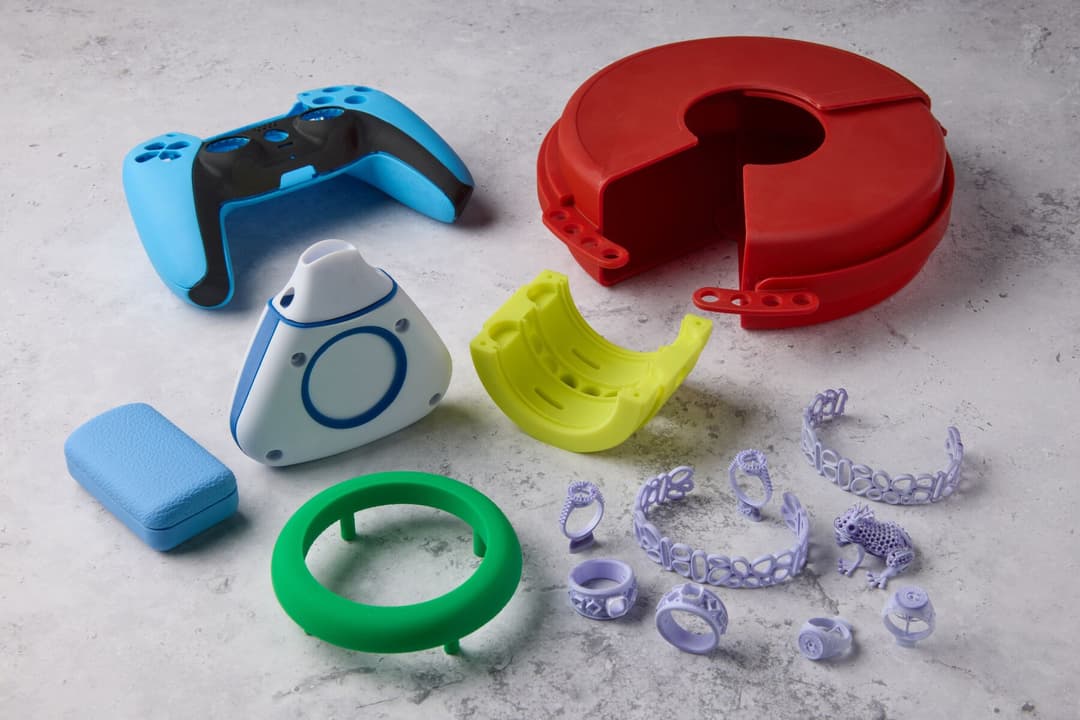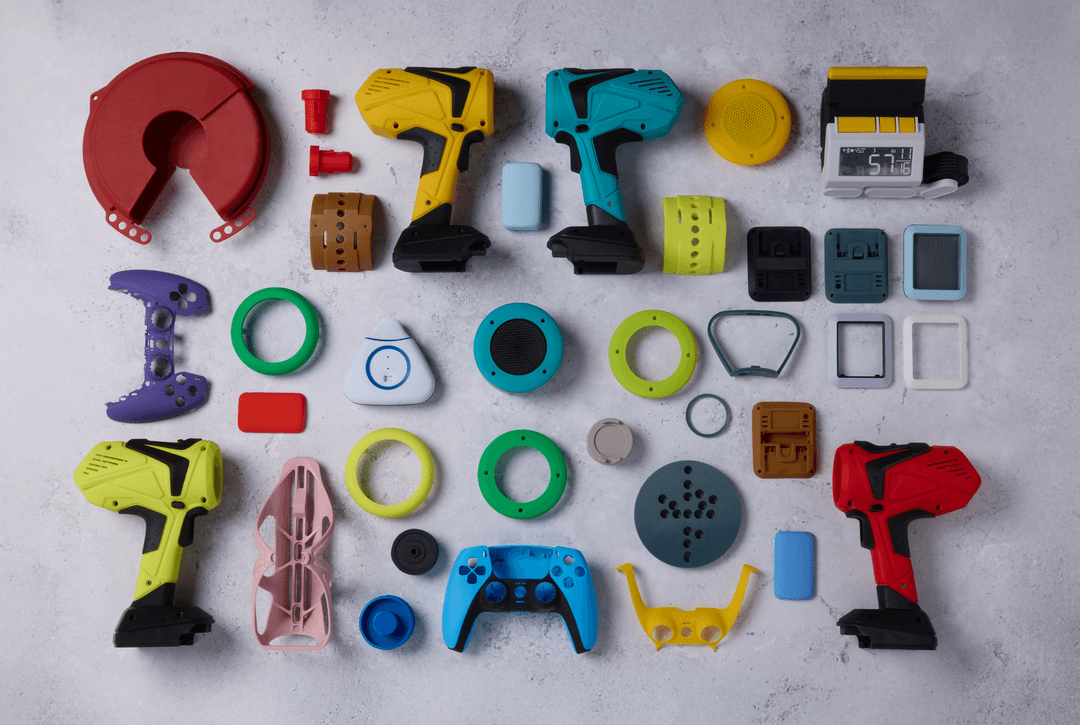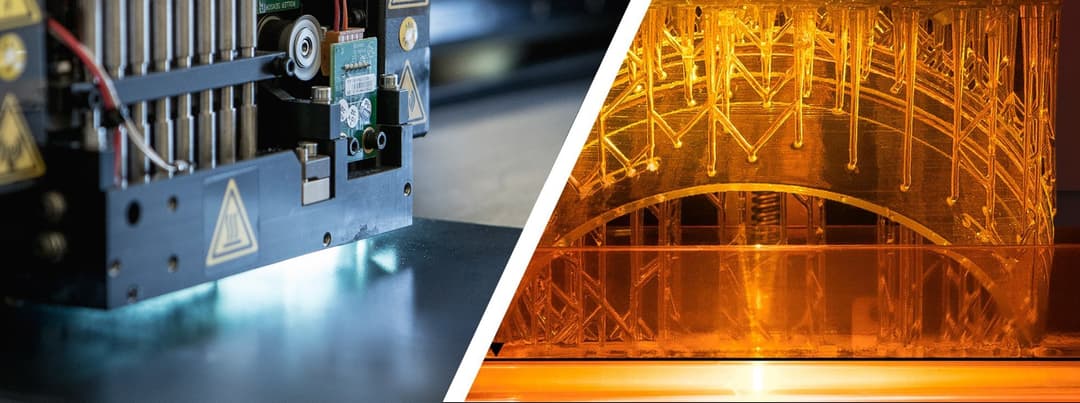
At Formlabs, we have a lot of ideas about the future of 3D printing which we share publicly at events, trade shows, on this blog, and on social media. One of the major trends we’ve seen is an uptick in the use of in-house printers to create end-use parts, from disruptive medical devices to top-end gaming controllers. Driven by an ever-growing library of SLA and SLS printing materials, coupled with lower costs of entry for in-house printing, small batch production of end-use parts is a growing reality for many businesses.
We wanted to gain insights into what users and businesses think: where are they investing their money, , which 3D printing technologies are they using, and how are they using those technologies–has that changed in the last few years?
That’s why Formlabs created our first ever state of the industry report, called “The 2022 3D Printing Applications Report”. Filled with key insights on what is driving current and future investment in additive manufacturing, this report is based on survey data from 400 businesses in a multitude of industries around the world.
In this post, we will explore one of the central findings of the report: the rapid rise of end-use part creation as a usecase of 3D printing.
3D Printing Applications: An Expanding Landscape
Since 3D printers started hitting the desktop, rapid prototyping has been the go-to use case for businesses looking to improve their products. Rapid prototyping helps companies turn ideas into realistic proofs of concept, advances these concepts to high-fidelity prototypes that look and work like final products, and guides products through a series of validation stages toward mass production.
And while rapid prototyping will continue to be a major use-case of 3D printing in the future, the use of 3D printers for end-use part production is experiencing a meteoric rise in popularity and may one day eclipse rapid prototyping.
We surveyed a wide range of users, from early adopters (those that have been 3D printing for five years or more), to recent adopters (those who have made their first investments in the past two years). One of the major trends we found is driven by recent adopters: small-batch production and the deployment of end-use parts have increased in popularity. Users are leveraging 3D printing to not only control product design, but final-stage production as well. Recent adopters are more than twice as likely to frequently print end-use parts compared to early adopters.
| Recent Adopters | Early Adopters | |
|---|---|---|
| % of Users Creating End-Use Parts | 63% | 33% |
There could be a number of trends driving this change:
- Materials launched in recent years have empowered new applications and made others more reliable.
- As prices for materials and hardware fall, businesses have an easier time justifying investment in 3D printing.
- Business adapting to changing markets, such as supply chain shocks and increasing costs of goods.
The allure of in-house end-use part production with 3D printers is obvious. An end-use part is a good that is sold as a product, used as a sub-assembly in a product, or used as a component in a product. With 3D printing, you can create end-use parts without tooling, making it possible to create custom parts and complex designs in a cost-efficient manner.
At Formlabs, we’ve seen this growth first hand as our material library continues to expand for stereolithography (SLA) 3D printers such as the Form 3+. In the past few years, we have also launched the Form 3L for in-house, large-format printing, along with the Fuse 1 selective laser sintering (SLS) 3D printer. These new machines are powerful tools for business to create end-use parts, and could be driving the increased viability of end-use part production.
End-Use Parts: Formlabs User Examples
Here are some of the new interesting and innovative end use applications we've seen from our customers.
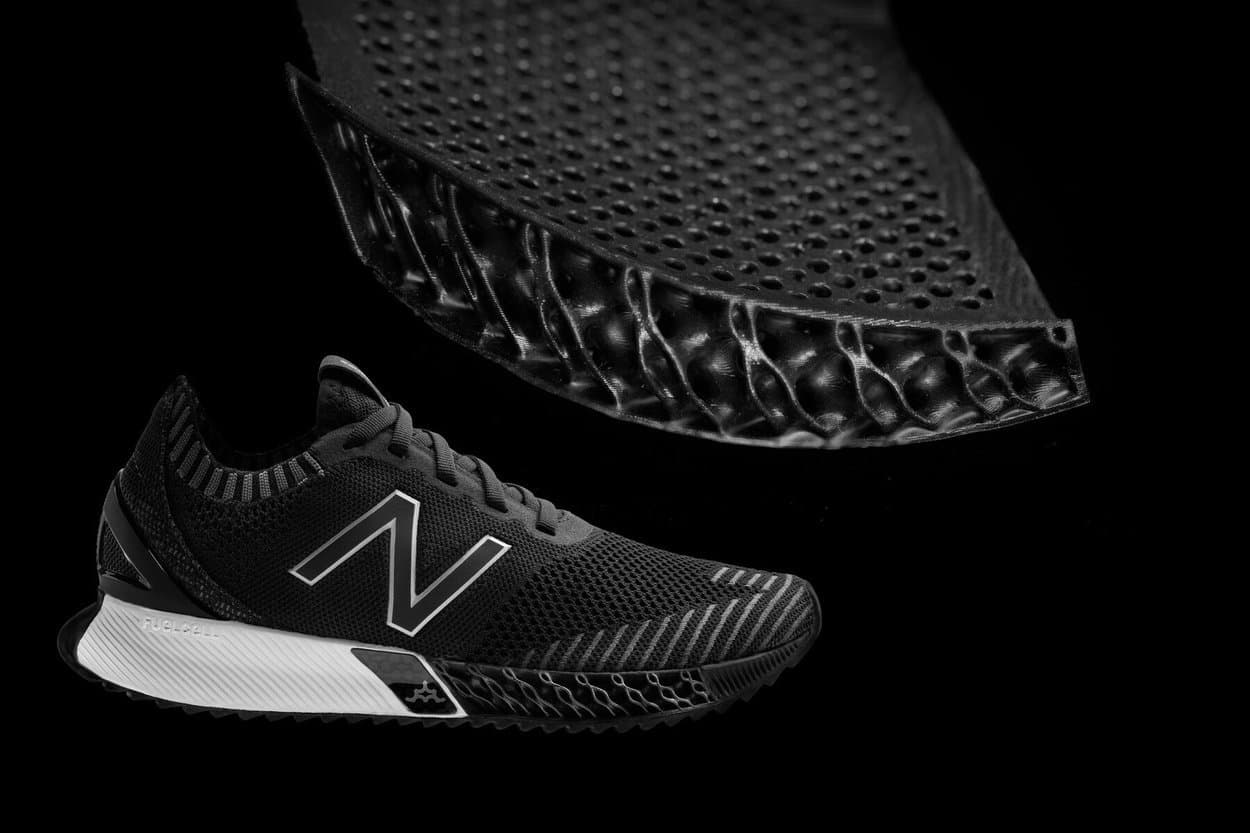
New Balance and Formlabs Collaborate to Drive Footwear Performance and Customization
Learn how New Balance partnered with Formlabs to create completely new material for customized 3D printed shoe soles.

Battle Beaver Customs Brought SLS In-House for The First Time
Learn how the team replaced outsourcing of internal controller parts, bringing manufacturing of end-use parts in-house.
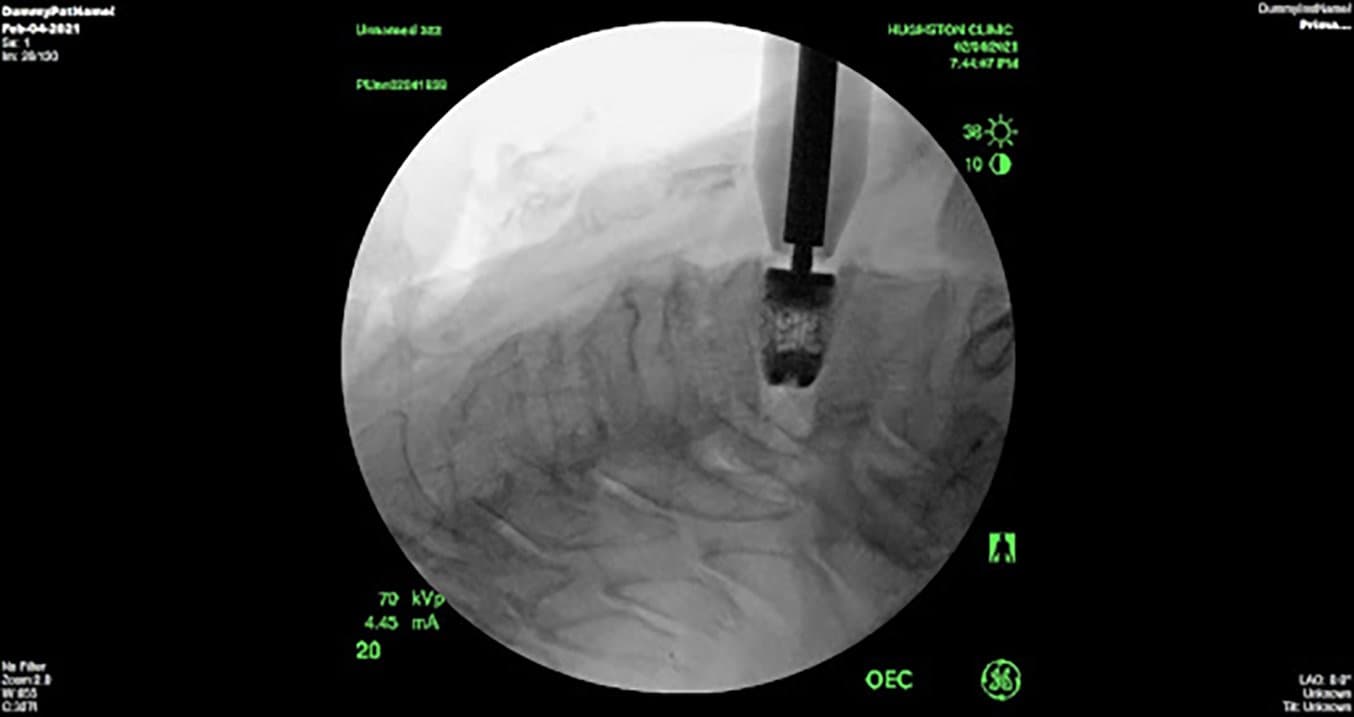
Re-Envisioning Surgical Tools With 3D Printing
Learn how a high-tech medical device restor3d leverages 3D printing capabilities to drastically improve surgical care delivery by printing procedure-specific polymer instrumentation.

How to Identify the Right Applications for SLS Printing
In this webinar, Peter Deppe, CEO and Co-founder of KUHMUTE, shares his insights on using SLS to produce charging stations for e-scooters, ebikes, skateboards, and autonomous delivery robots.
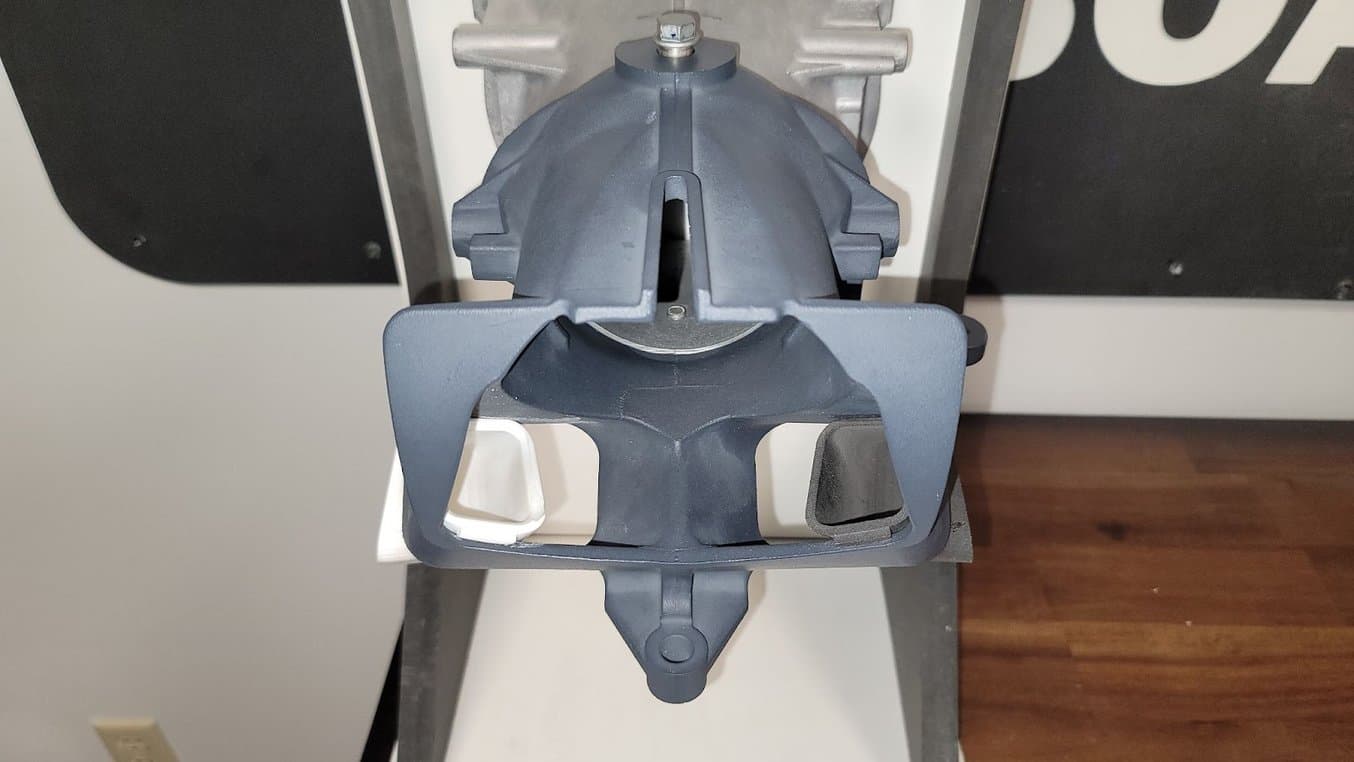
Agile Manufacturing: Responding to the Market With SLS 3D Printing
Learn how JetBoatPilot deployed 3D printers for both prototyping and end use parts to create an agile manufacturing line, and respond quickly to both customer demand and product supply
Curious to See the Answers For All the Other Questions? Read the Full Report
3D printing is unleashing new possibilities and business opportunities. What used to be too complex, prohibitively expensive, or impractical to produce with traditional methods is now available in-house at a fraction of the cost, giving full control to designers and manufacturers, and opening the door for fully customizable products to become a reality. The increased adoption of end-use parts as a major application of 3D printing doesn’t replace, but supplements, other use cases such as rapid prototyping. While 3D printing will never fully replace traditional manufacturing methods, it has become an integral part of the engineering toolbox.
The 2022 3D Printing Applications Report is packed full of information on the current state of the 3D printing industry. It covers changes in perceived benefits (such as addressing supply chain shocks) of 3D printing, to adoption of new applications, and more.
The entire report is available below, free to download. Let us know what you think of the report on LinkedIn.
